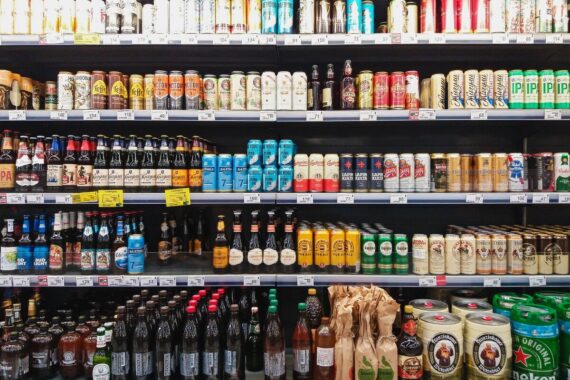The Government wants to help people choose low-alcohol drinks to a greater extent in a bid to mitigate the health impact of drinking.
As part of this aim it has launched a public consultation on proposals to raise the threshold for describing a drink as ‘alcohol free’ to 0.5% alcohol by volume to help make them a more popular option.
A range of proposals to encourage people to choose no and low-alcohol drinks includes displaying the UK chief medical officers’ low risk drinking guidelines on the label and alternative ways of communicating this information to consumers.
Views are also being sought on displaying an age restriction on low alcohol or ‘NoLo’ products and alternative options for preventing children and young people from accessing and consuming NoLo drinks.
Raising the threshold for describing a drink as ‘alcohol free’ from 0.05% to 0.5% alcohol by volume, would bring the UK in line with other countries including the USA, New Zealand, Germany and Australia, the consultation from the Department of Health and Social Care said.
The changes could lead to more products on the market, giving consumers more choice, and helping to make no and low alcohol drinks more popular and easier to buy as a healthier alternative and help people moderate their alcohol intake, it added.
Public health minister Neil O’Brien said: ‘No and low-alcohol drinks are getting more and more popular, and we are looking to further support their growth.
‘Many other countries around the world already allow more freedom over this. Liberalising labelling guidelines could also help people make more informed choices about the drinks they buy.’
He added: ‘We want to encourage the growth of no and low alcohol alternatives for those looking to moderate their alcohol intake.’
The Government said it was is clear these products should not be marketed to children or consumed by them and is seeking views on ways to prevent this, including potential age restriction warnings on products.
A fifth of adults in England currently drink above the low-risk guidelines of 14 units per week – significantly increasing their risk of ill-health, poorer quality of life and even premature death, DHSC said.
It has also been estimated that changes in alcohol consumption brought about by the pandemic may lead to thousands of extra deaths and cost the NHS billions.
But the proposals to increase consumption of no or low alcohol drinks to reduce alcohol intake also aim to support businesses and the move could help remove red tape and allow companies to more easily manufacture the products.
A 10-year strategy for tackling drug and alcohol-related harms published in 2021 increased funding for drug and alcohol misuse treatment and recovery services in England.
Earlier this year, the Government pledged £421m to improve drug and alcohol addiction treatment and reduce pressure on the NHS.
Emma McClarkin CEO of the British Beer and Pub Association, said they had long been calling on government to review low alcohol descriptors.
‘We welcome proposals to align low alcohol descriptors with those of nearly all other global markets.’
It would also and provide clarity for British consumers, she added. ‘Labelling of low-alcohol drinks must be relevant and clear, and not risk confusing consumers.’
Pulse October survey
Take our July 2025 survey to potentially win £1.000 worth of tokens












